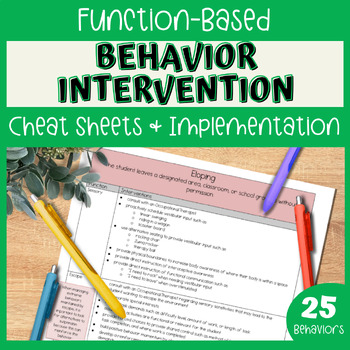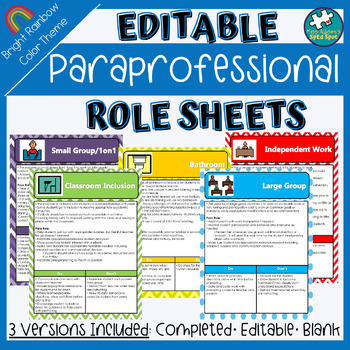Believe it or not it is time to start looking ahead to another school year! Over the years, although the times may change and I may add or modify some activities, my classroom schedule was pretty streamlined. I always followed the same sequence of steps when scheduling which made the process so much easier!
Steps for Scheduling
- Develop a scheduling grid.
- Rows: Determine best time increments (5 or 10 minutes) to develop the schedule layout. Boxes can be merged to account for longer activity blocks.
- Columns: Each person (staff and students) has their own row. Color code students for added organization.
- Non-Negotiables: Input any prescheduled activities that are beyond your control such as arrival/dismissal, breakfast, lunch/recess, specials (music, art, PE, library, computer lab), medical needs (medication, catheter, etc), and inclusion times.
- Denote in red to prevent you from rearranging later.
- It is important to schedule non-negotiables for staff too such as lunch and breaks.
- Daily Routines: Next, schedule time for things that need to happen daily but may have some more flexibility such as unpacking and packing backpacks, restroom breaks, self-care or hygiene time, and snack.
- Sensory Breaks/Input: Schedule frequency of breaks based on student needs. o
- Calming breaks can be helpful to prime students before more sensory-rich times like lunch, specials, or inclusion or can be used to help them get regulated afterward.
- Typically, schedule one break in morning and one in afternoon but possibly more based on student needs.
- Instruction: Start with working in whole group times based on where there is the most availability in the schedule. Then small groups and/or 1:1 time. Independent work can be scheduled for those students who are working towards increased independence while staff works with other students.
- Extra Time: Extra time can be filled in with tasks students will complete independently without disrupting instruction of other students. Often these are preferred tasks to keep student attention such as computer, iPad, free play, puzzles, or watching a video.
- For some students, it is important to be careful not to diminish the effectiveness of work time reinforcers by scheduling a time for students to have free access to that item.
- Staff Schedules: Once student schedules are determined, schedule staff coverage and instructional duties.
- Include before and after school duties or prep work
Scheduling Example:
After following these steps my final result looked like this:
Scheduling Tips:
- To limit interruptions, give all staff members a copy of their schedule and post schedules for all in centrally located area of classroom.
- Designate somewhere for staff to write down discrepancies during first couple weeks of school such as an area on the whiteboard or on a clipboard
- Determine a way to communicate schedule to students that they can interact with. In my classroom I always used a location-based schedule.
If you are interested in implementing a location-based schedule in your classroom, head over to my TPT store to grab a premade set of location signs and matching cards by clicking on the image below!
Until Next Time!











